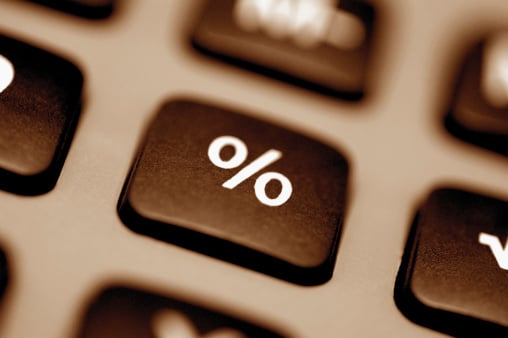7 Years of Zero Rates Have Created a New Twilight Zone
June 16, 2015 by Lee Jackson
It is not like the market doesn’t see this coming. The free money that was made in the U.S. government bond market is over. The research points out that government bonds are on course for the second worst annual performance in the past 30 years, another symbol of what Hartnett refers to as “2015’s Twilight Zone” as the era of excess liquidity comes to an end.
The incredible thing is that massive quantitative easing, both in the United States and now globally, is on an unprecedented scale, and the end-results are not even remotely yet known. Here are eight current consequences as a result of zero interest rates for the past six years, or what the Merrill Lynch report calls “the end of maximum liquidity.”
1. Central banks around the world now own an incredible $22 trillion of assets. This massive sum equals the gross domestic product (GDP) of the United States and Japan combined.
2. Central banks have chopped interest rates a remarkable 577 times since the Lehman Brother’s bankruptcy. That is a rate cut once every three trading days.
ALSO READ: 4 Top US Growth Stock Calls for This Week
3. Central bank financial “repression,” as Merrill Lynch calls it, created $6 trillion of negative yielding bonds this year. If that does not drive investors to risk assets, what will?
4. Some 45% of a government bonds in the world currently yield less than 1%. That is a whopping $17.4 trillion of bonds outstanding.
5. U.S. corporate high-grade issuance as a percentage of GDP has doubled to almost 30% since the introduction of the zero rate interest policy.
6. U.S. small cap five-year rolling returns hit 30-year highs in recent quarters at 28%. The strong dollar is the possible culprit there.
7. The current U.S. equity bull market is the third longest ever. The odd dichotomy? Data suggest many retail and institutional investors have sat or currently are sitting out this one.
8. An astounding 83% of global stock markets are currently supported by zero interest rate policies.
The bottom line, and Hartnett does not exactly pull many punches here, is that the central bank flooding of the equity markets with liquidity is unprecedented. The extent on Wall Street’s dependence on this rush to risk assets will soon come out from behind the curtain, and the potential for the proverbial unintended consequences is high, perhaps very high.
ALSO READ: Gold Index Rebalance Means Massive Buying and Selling for These Stocks
Rarely on Wall Street do things turn out good when the old phrase “It’s different this time” is uttered. However, one thing is different. The Federal Reserve will raise rates, but the pace and the magnitude of the increases will be snail-like, compared to the past. They will over-analyze every single scrap of data to make sure that the economy does not sputter. And rest assured, if it does, they will slam on the brakes.
Sponsored: Want to Retire Early? Here’s a Great First Step
Want retirement to come a few years earlier than you’d planned? Or are you ready to retire now, but want an extra set of eyes on your finances?
Now you can speak with up to 3 financial experts in your area for FREE. By simply clicking here you can begin to match with financial professionals who can help you build your plan to retire early. And the best part? The first conversation with them is free.
Click here to match with up to 3 financial pros who would be excited to help you make financial decisions.